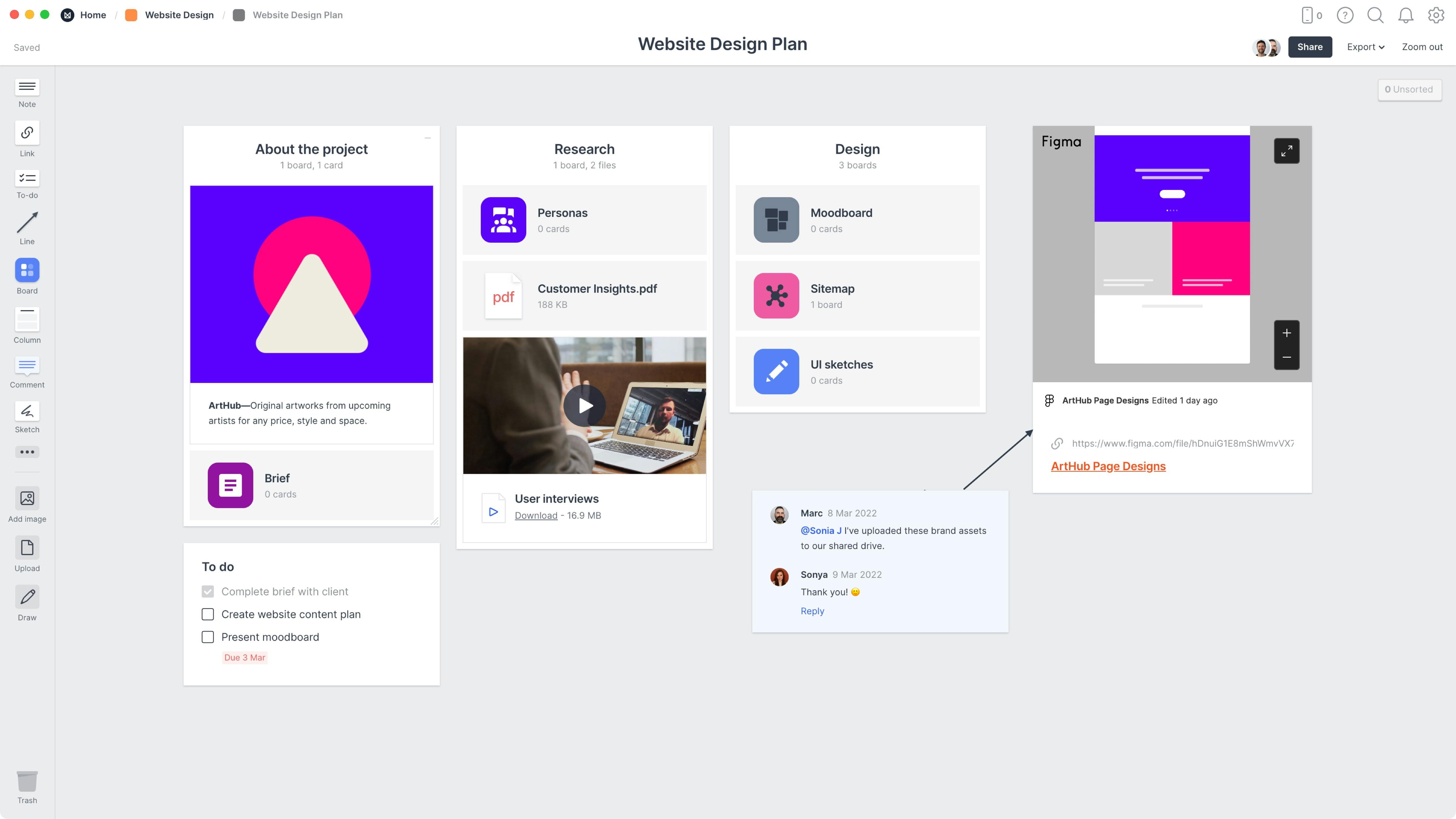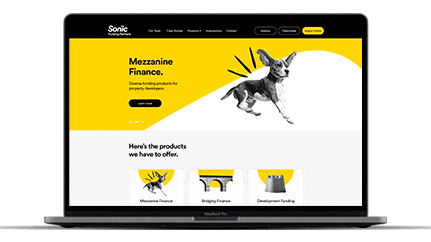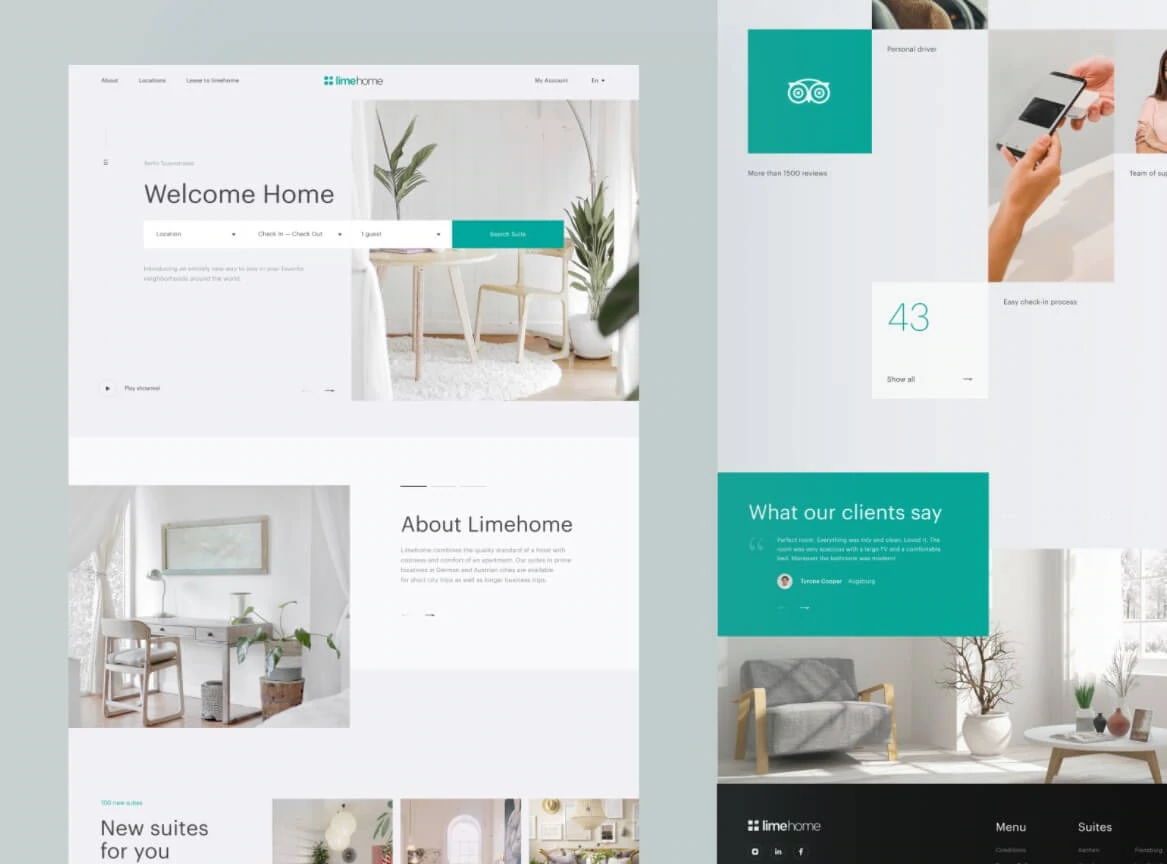Understanding the Role of Typography in Website Design Quality
Understanding the Role of Typography in Website Design Quality
Blog Article

Crafting a User-Friendly Experience: Important Aspects of Effective Website Style
Vital aspects such as a clear navigation structure, receptive style principles, and quickly loading times serve as the structure for engaging users properly. Understanding the underlying variables that add to efficient design can drop light on exactly how to enhance customer complete satisfaction and engagement.
Clear Navigating Framework
A clear navigation structure is fundamental to reliable internet site layout, as it directly influences customer experience and interaction. Users need to have the ability to find information easily, as intuitive navigating reduces aggravation and encourages expedition. An efficient format enables site visitors to understand the connection between different web pages and content, resulting in longer website gos to and enhanced communication.
To accomplish clearness, designers should employ familiar patterns, such as top or side navigating bars, dropdown menus, and breadcrumb tracks. These elements not just enhance functionality yet likewise give a sense of alignment within the site. Maintaining a constant navigating structure across all web pages is crucial; this familiarity aids customers anticipate where to find preferred info.
In addition, integrating search functionality can better help users in finding certain web content quickly. In summary, a clear navigating structure is not just a style selection; it is a critical aspect that considerably impacts the overall success of a web site by fostering a satisfying and effective customer experience.
Responsive Design Concepts
Efficient internet site navigation establishes the phase for a smooth individual experience, which becomes much more critical in the context of receptive style principles. Receptive layout guarantees that internet sites adapt fluidly to numerous display sizes and orientations, improving availability throughout gadgets. This versatility is attained through flexible grid designs, scalable photos, and media questions that allow CSS to change designs based on the gadget's characteristics.
Secret concepts of responsive style include liquid layouts that utilize percentages as opposed to taken care of units, guaranteeing that aspects resize proportionately. Additionally, employing breakpoints in CSS enables the style to change efficiently between various tool dimensions, maximizing the design for each screen type. Using responsive pictures is likewise important; images must automatically get used to fit the display without losing high quality or triggering layout changes.
Moreover, touch-friendly interfaces are essential for mobile users, with adequately sized buttons and intuitive motions enhancing user interaction. By incorporating these principles, developers can develop internet sites that not just look aesthetically pleasing yet likewise give practical and interesting experiences across all gadgets. Eventually, efficient responsive design cultivates user fulfillment, decreases bounce rates, and motivates longer involvement with the web content.
Quick Loading Times
While users increasingly anticipate web sites to pack rapidly, quickly packing times are not simply an issue of convenience; they are crucial for keeping visitors and boosting general user experience. Study shows that customers usually abandon web sites that take longer than three secs to load. This desertion can result in boosted bounce rates and lowered conversions, ultimately hurting a brand's online reputation and profits.
Rapid filling times enhance individual involvement and contentment, as visitors are more probable to explore a website that reacts swiftly to their interactions. In addition, search engines like Google focus on speed in their ranking algorithms, indicating that a slow-moving website might have a hard time to accomplish exposure in search outcomes.

User-friendly Interface
Fast packing times prepared for an appealing online web experience, however they are just component of the equation. An user-friendly interface (UI) is necessary to ensure visitors can browse a website effortlessly. A well-designed UI permits users to accomplish their purposes with minimal cognitive tons, fostering a smooth interaction with the website.
Key elements of an intuitive UI include constant design, clear navigating, and recognizable icons. Consistency in style elements-- such as color design, typography, and button dig this designs-- aids customers recognize how to connect with the internet site. Clear navigating frameworks, consisting of sensible food selections and breadcrumb routes, enable customers to locate details quickly, lowering aggravation and enhancing retention.
Additionally, feedback systems, such as hover impacts and loading indicators, inform users concerning their activities and the internet site's response. This openness cultivates count on and encourages continued engagement. Furthermore, prioritizing mobile responsiveness ensures that customers take pleasure in a cohesive experience across tools, accommodating the varied ways target markets gain access to content.
Available Content Guidelines

First, use straightforward and clear language, preventing lingo that may confuse viewers. Highlight appropriate heading frameworks, which not only help in navigating yet additionally help screen readers in translating content hierarchies effectively. Additionally, offer alternative message for pictures to communicate their meaning to individuals who count on assistive modern technologies.
Contrast is another essential component; make sure that text stands apart versus the background to boost readability. Ensure that video and audio web content includes transcripts and inscriptions, making multimedia easily accessible to those with hearing impairments.
Lastly, include keyboard navigability into your layout, allowing individuals that can not make use of a mouse to accessibility all site attributes (website design). By sticking to these accessible content guidelines, internet designers can develop comprehensive experiences that satisfy the requirements of all individuals, ultimately improving individual engagement and complete satisfaction
Verdict
Finally, the assimilation of necessary aspects such as a clear navigating framework, responsive layout concepts, quickly loading times, an intuitive customer interface, and available Homepage web content guidelines is vital for developing an user-friendly web site experience. These components jointly enhance functionality and interaction, guaranteeing that customers can effortlessly communicate and browse with the site. Prioritizing these style components not only boosts total satisfaction yet likewise cultivates inclusivity, suiting diverse customer needs and choices in the digital landscape.
A clear navigating framework is basic to reliable site layout, as it directly influences user experience and interaction. In recap, a clear navigation structure is not just a style selection; it is a tactical aspect that considerably affects the total success of an internet site by cultivating a efficient and satisfying user experience.
Additionally, touch-friendly user interfaces are essential for mobile customers, with adequately sized buttons and instinctive motions improving customer communication.While users increasingly anticipate internet sites to load quickly, quickly loading times are not just a matter of comfort; they are important for preserving site visitors and boosting total individual experience. website design.In verdict, the assimilation of essential elements such as a clear navigation structure, responsive design concepts, quickly filling times, an instinctive customer interface, and obtainable web content guidelines is important for creating an easy to use web site experience
Report this page